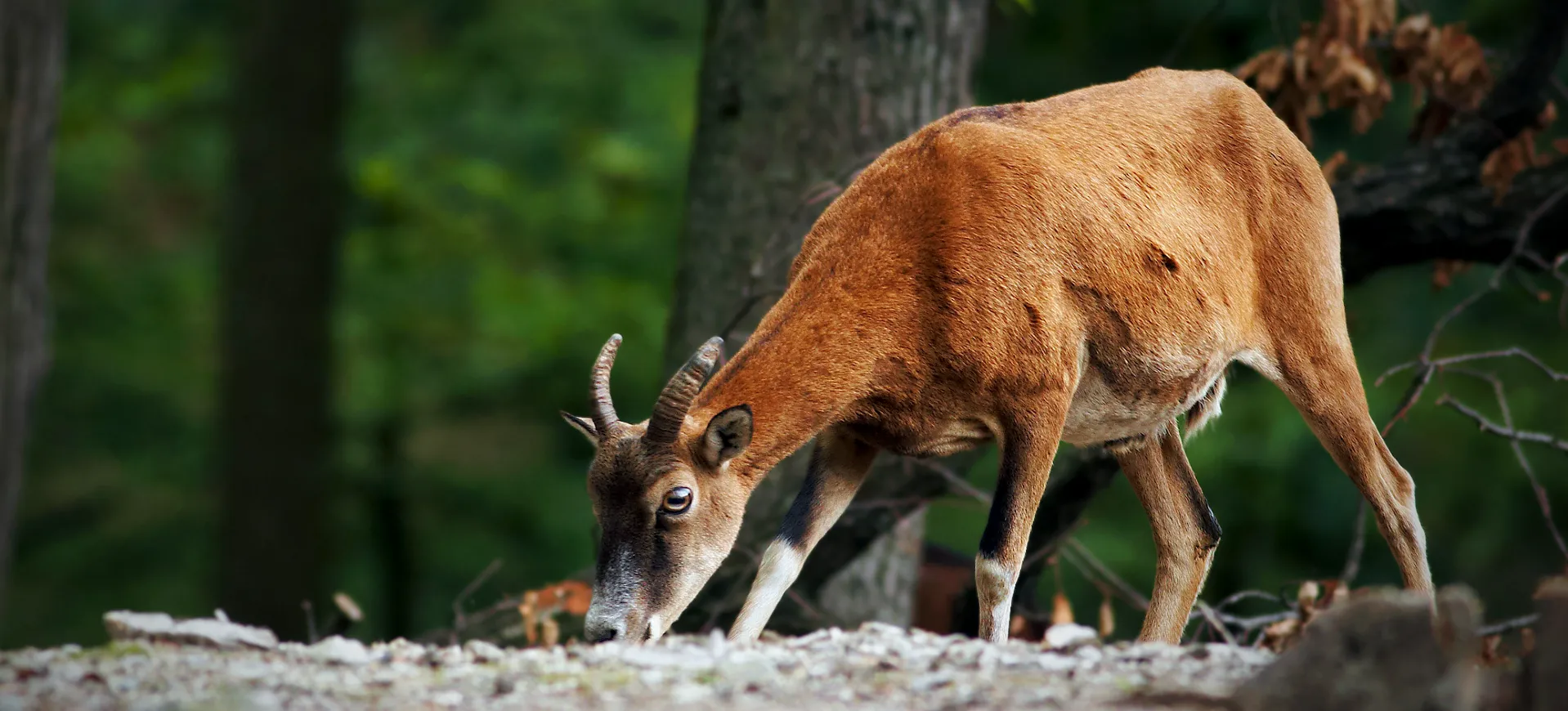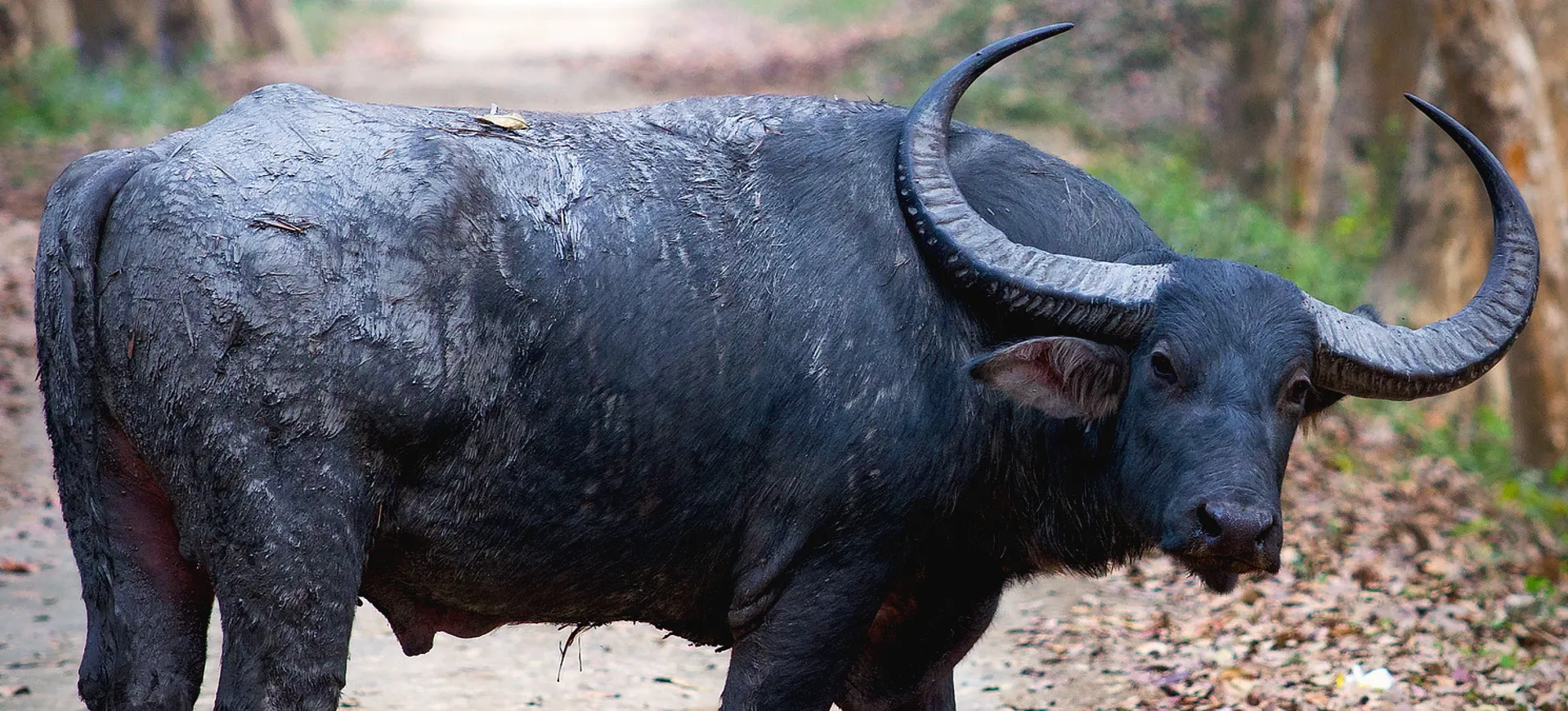Overview
The Common Eland is the largest species of antelope native to Africa. Its robust build, spiral-shaped horns, and a hump at the shoulders characterize it. The coat is typically fawn-colored but can range from tan to dark brown, and males often have a bluish-grey neck and shoulders. Both males and females possess horns, although the males are generally thicker and longer.
Common Elands are highly adaptable and can be found in various habitats, including grasslands, savannas, and woodlands. They are known for their endurance rather than speed and are capable of long-distance migrations in search of food and water. Despite their large size, they are excellent jumpers and can clear obstacles up to 8 feet high.
The species is primarily herbivorous, feeding on various plant materials, including grasses, leaves, and fruits. They are ruminants, which allows them to efficiently digest fibrous plant material. Common Elands are generally social animals, forming herds ranging from a few individuals to several hundred.
Taxonomy
Kingdom
Phylum
Class
Order
Family
Genus
Species
Type
Physical Description:
The Common Eland is a large and robust antelope, with males significantly larger than females. Males can weigh up to 2,200 pounds, while females typically weigh around 1,300 pounds. Both sexes have a distinctive hump at the shoulders and spiral-shaped horns, which can grow up to 4 feet in males. The coat color varies from tan to dark brown, and males often have a bluish-grey neck and shoulders.
The body length of a Common Eland can range from 7.9 to 11.2 feet, including the tail. Despite their large size, they are agile and capable of jumping over obstacles. They have a dewlap or loose skin hanging from the neck and throat, which is more prominent in males and is thought to help with thermoregulation.

Lifespan: Wild: ~20 years || Captivity: ~25 years

Weight: Male: 1,300–2,200 lbs (590–1,000 kg) || Female: 660–1,300 lbs (300–590 kg)

Length: Male & Female: 7.9–11.2 feet (240–340 cm)

Height: Male & Female: 59–71 inches (150–180 cm)

Top Speed: 25 mph (40 km/h)
Characteristic:
Native Habitat:
Common Elands are native to various habitats across southern and eastern Africa. They are highly adaptable and can be found in grasslands, savannas, and woodlands. They prefer areas with abundant vegetation, as this provides them with ample foraging opportunities and some protection from predators.
The species also inhabit more arid regions, including semi-deserts and mountainous areas. Their adaptability to different environments is aided by their ability to consume a wide range of plant materials and their capacity to go without water for extended periods.
Biomes:
Biogeographical Realms:
Continents:
Diet:
Diet & Feeding Habits:
Common Elands are primarily herbivorous, feeding on various plant materials. They consume grasses, leaves, and fruits and have also been observed eating tubers and roots. They are ruminants, which allows them to efficiently digest fibrous plant material. This is particularly beneficial in arid environments where high-quality forage may be scarce.
The species is known for its ability to go without water for extended periods, obtaining necessary moisture from the plants they consume. However, they will drink water when available and are often found near water sources during the dry season. They are selective feeders, choosing plants rich in nutrients and water.
Mating Behavior:
Mating Description:
Common Elands have a polygynous mating system, where a dominant male mates with multiple females. Males engage in ritualized fights to establish dominance, using their large spiral horns as weapons. Once a male has secured access to females, he will guard them closely to prevent other males from mating.
Females give birth to a single calf after a gestation period of approximately 9 months. Calves are usually born when food is abundant at the beginning of the wet season. They are weaned at around 6 months but may continue to suckle for up to a year. Both males and females reach sexual maturity at around 2 to 3 years of age.
Reproduction Season:
Birth Type:
Pregnancy Duration:
Female Name:
Male Name:
Baby Name:
Social Structure Description:
Common Elands are generally social animals, forming herds ranging from a few individuals to several hundred. These herds are often segregated by sex, with females and their offspring forming one group and males forming another. During the mating season, dominant males will join female herds to mate.
Within the herd, individual roles can vary. Some members serve as sentinels, keeping watch for predators, while others focus on foraging or caring for the young. Social bonds are strong, particularly among females, who often engage in mutual grooming and other affiliative behaviors.
Groups:
Conservation Status:
Population Trend:
The Common Eland is currently listed as “Least Concern” on the IUCN Red List, but the population trend is decreasing. They are still relatively abundant in some regions, particularly within protected areas like national parks and reserves. These areas offer them some protection from hunting and habitat loss.
Despite their stable status, Common Elands face threats from habitat loss due to agriculture and human settlement. They are also hunted for their meat and hides, which are more controlled within protected areas. Disease outbreaks can also pose localized threats to populations.
Population Threats:
The primary threats to Common Eland populations include habitat loss and fragmentation due to human activities like agriculture and settlement. They are also hunted for their meat and hides, which can lead to population declines if not properly managed. In some areas, they are considered pests and are killed to protect crops and pastureland.
Disease outbreaks can also pose a significant threat to Common Eland populations. These diseases can have devastating impacts, especially if they coincide with other stressors like drought or increased predation. However, disease outbreaks are generally more controlled within protected areas where veterinary interventions are possible.
Conservation Efforts:
Conservation efforts for the Common Eland primarily focus on habitat preservation and sustainable hunting practices. Many countries have implemented hunting quotas and seasons to ensure stable populations remain. Protected areas like national parks and reserves also offer safe habitats where the species can thrive.
Community-based conservation programs also exist in some areas, involving local people in protecting and managing Common Eland populations. These programs often include educational components to raise awareness about the ecological importance of the species and the need for sustainable management practices.
Additional Resources:
Fun Facts
- Common Elands are the largest species of antelope.
- They are capable of jumping up to 8 feet high.
- Common Elands can go without water for extended periods.
- They have a diverse diet, consuming grasses, leaves, and fruits.
- Both males and females have spiral-shaped horns.
- They are ruminants, allowing them to efficiently digest fibrous plant material.
- Common Elands are found in various habitats, including grasslands, savannas, and woodlands.
- They have a polygynous mating system, with dominant males mating with multiple females.
- Despite their large size, they are agile and can run up to 25 mph.
- Common Elands have been domesticated in some parts of Africa for their meat and milk.















































































